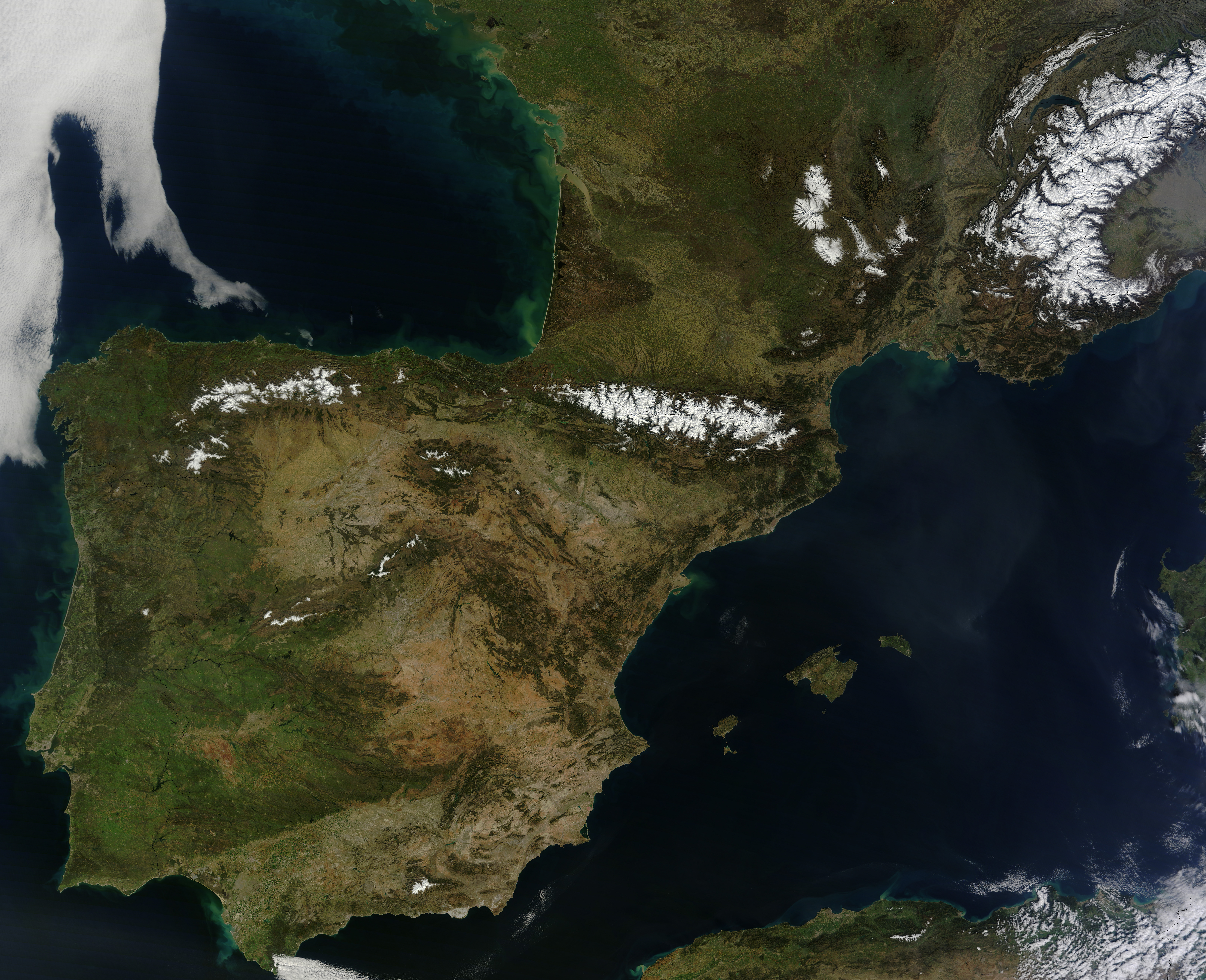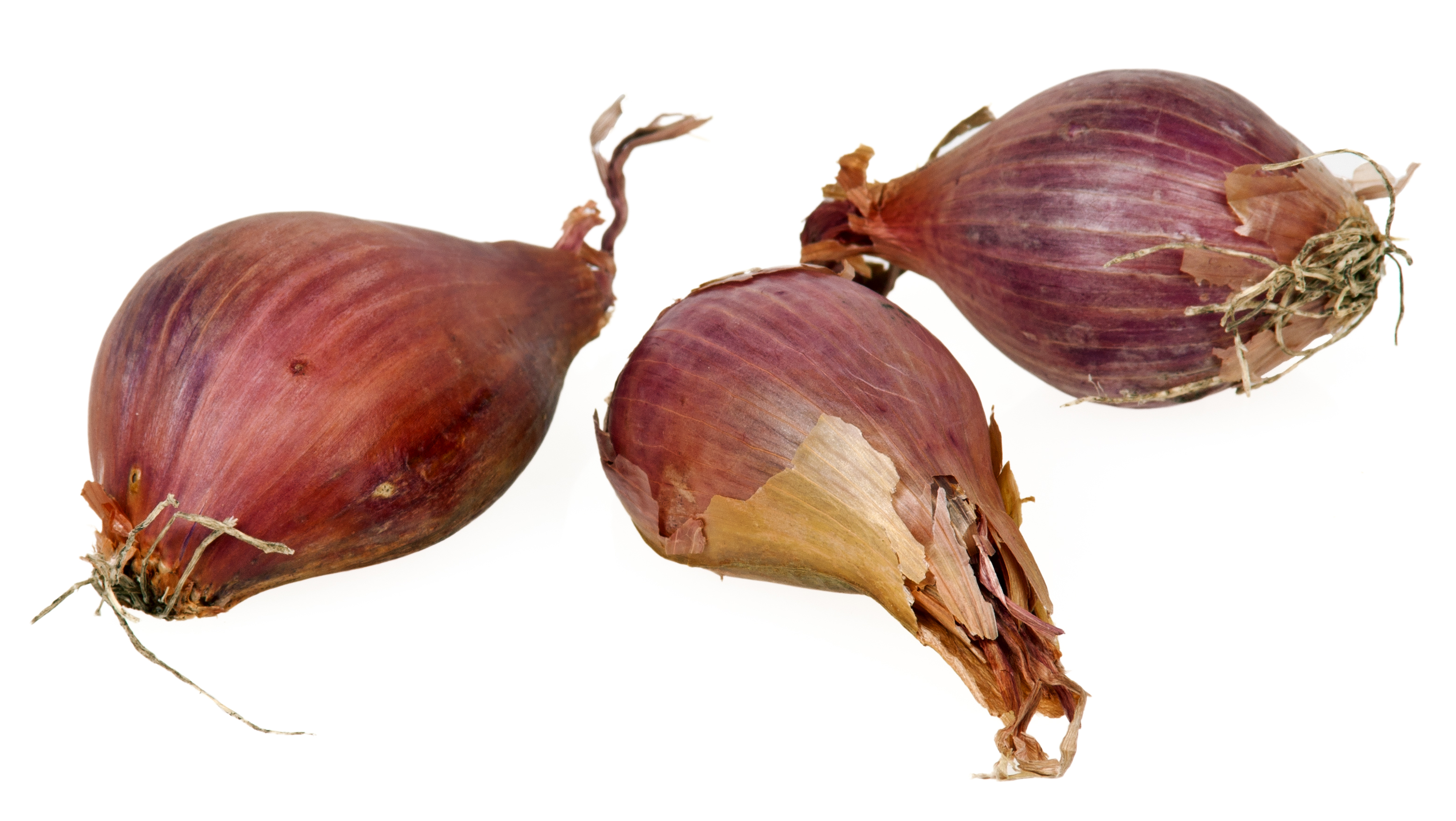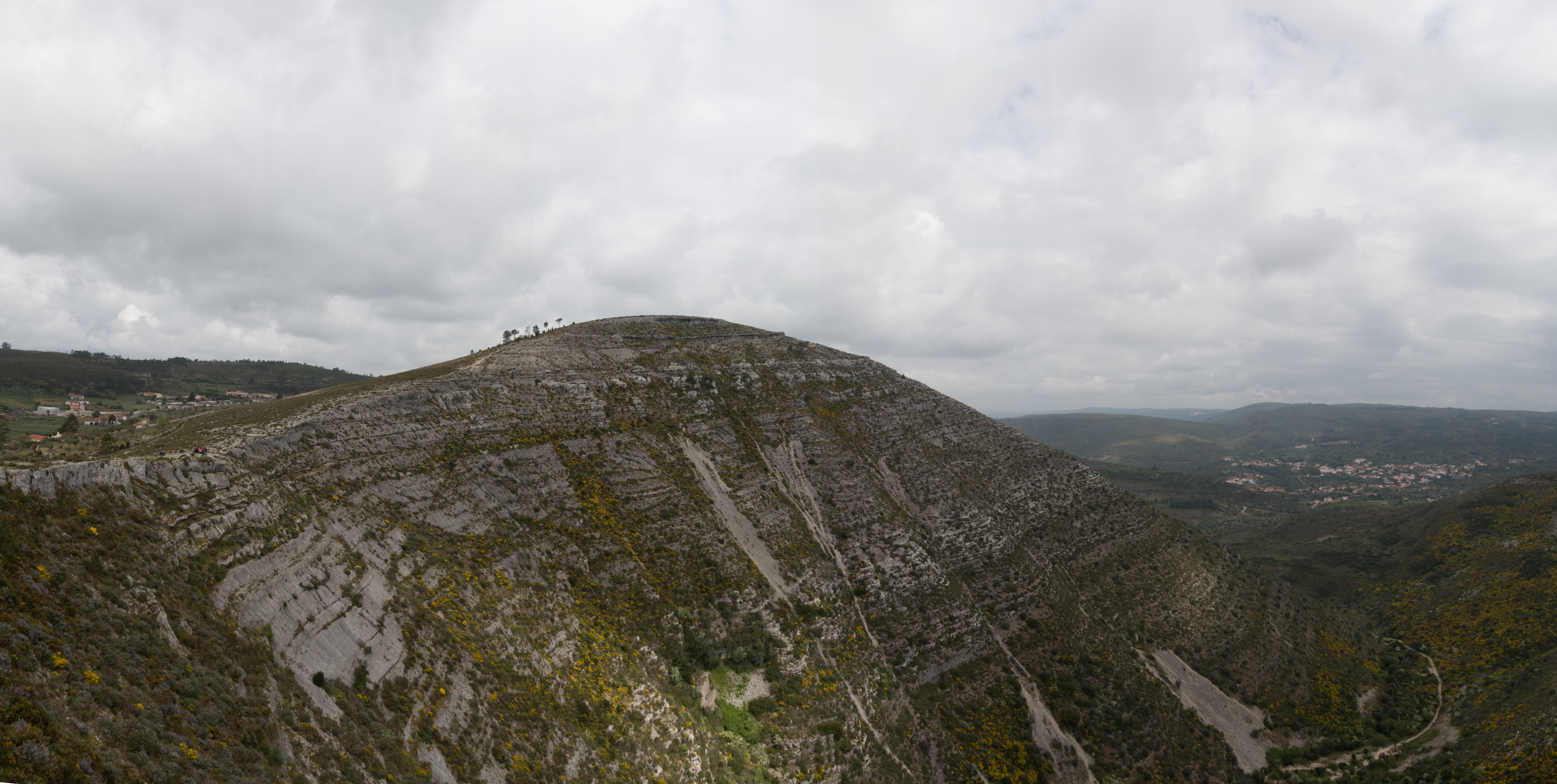|
Narcissus Calcicola
''Narcissus calcicola'' is a species of '' narcissus'' (daffodils) in the family Amaryllidaceae. It is classified in Section ''Apodanthi''. It is endemic to Portugal. Description ''Narcissus calcicola'' is a bulbous plant. Distribution and Habitat ''Narcissus calcicola'' is endemic to Portugal and is found primarily in crevices of limestone outcrops and less frequently in rocky clearings, on the edge of holm oak groves or even under forest cover. Its range includes Serra de Sicó, Serras de Aire e Candeeiros, Serra de Montejunto, Serra da Arrábida and the Algarvian Barrocal. References calcicola ''Calcicola'' is a genus in the Malpighiaceae, a family of about 75 genera of flowering plants in the order Malpighiales. ''Calcicola'' comprises 2 species of shrubs or treelets native to Mexico Mexico ( Spanish: México), officially the ... Garden plants Flora of Portugal Endemic flora of Portugal Endemic flora of the Iberian Peninsula {{Amaryllidaceae- ... [...More Info...] [...Related Items...] OR: [Wikipedia] [Google] [Baidu] |
Iberian Peninsula
The Iberian Peninsula (), ** * Aragonese and Occitan: ''Peninsula Iberica'' ** ** * french: Péninsule Ibérique * mwl, Península Eibérica * eu, Iberiar penintsula also known as Iberia, is a peninsula in southwestern Europe, defining the westernmost edge of Eurasia. It is principally divided between Spain and Portugal, comprising most of their territory, as well as a small area of Southern France, Andorra, and Gibraltar. With an area of approximately , and a population of roughly 53 million, it is the second largest European peninsula by area, after the Scandinavian Peninsula. Name Greek name The word ''Iberia'' is a noun adapted from the Latin word "Hiberia" originating in the Ancient Greek word Ἰβηρία ('), used by Greek geographers under the rule of the Roman Empire to refer to what is known today in English as the Iberian Peninsula. At that time, the name did not describe a single geographical entity or a distinct population; the same name was ... [...More Info...] [...Related Items...] OR: [Wikipedia] [Google] [Baidu] |
Narcissus (plant)
''Narcissus'' is a genus of predominantly spring flowering perennial plants of the amaryllis family, Amaryllidaceae. Various common names including daffodil,The word "daffodil" is also applied to related genera such as ''Sternbergia'', '' Ismene'' and '' Fritillaria meleagris''. It has been suggested that the word "Daffodil" be restricted to the wild species of the British Isles, ''N. pseudonarcissus''. narcissus, and jonquil are used to describe all or some members of the genus. ''Narcissus'' has conspicuous flowers with six petal-like tepals surmounted by a cup- or trumpet-shaped corona. The flowers are generally white and yellow (also orange or pink in garden varieties), with either uniform or contrasting coloured tepals and corona. ''Narcissus'' were well known in ancient civilisation, both medicinally and botanically, but formally described by Linnaeus in his ''Species Plantarum'' (1753). The genus is generally considered to have about ten sections with approximate ... [...More Info...] [...Related Items...] OR: [Wikipedia] [Google] [Baidu] |
Amaryllidaceae
The Amaryllidaceae are a family of herbaceous, mainly perennial and bulbous (rarely rhizomatous) flowering plants in the monocot order Asparagales. The family takes its name from the genus '' Amaryllis'' and is commonly known as the amaryllis family. The leaves are usually linear, and the flowers are usually bisexual and symmetrical, arranged in umbels on the stem. The petals and sepals are undifferentiated as tepals, which may be fused at the base into a floral tube. Some also display a corona. Allyl sulfide compounds produce the characteristic odour of the onion subfamily (Allioideae). The family, which was originally created in 1805, now contains about 1600 species, divided into about 70–75 genera, 17 tribes and three subfamilies, the Agapanthoideae (agapanthus), Allioideae ( onions and chives) and Amaryllidoideae ( amaryllis, daffodils, snowdrops). Over time, it has seen much reorganisation and at various times was combined with the related Liliaceae. Since 2 ... [...More Info...] [...Related Items...] OR: [Wikipedia] [Google] [Baidu] |
Endemic
Endemism is the state of a species being found in a single defined geographic location, such as an island, state, nation, country or other defined zone; organisms that are indigenous to a place are not endemic to it if they are also found elsewhere. For example, the Cape sugarbird is found exclusively in southwestern South Africa and is therefore said to be ''endemic'' to that particular part of the world. An endemic species can be also be referred to as an ''endemism'' or in scientific literature as an ''endemite''. For example ''Cytisus aeolicus'' is an endemite of the Italian flora. ''Adzharia renschi'' was once believed to be an endemite of the Caucasus, but it was later discovered to be a non-indigenous species from South America belonging to a different genus. The extreme opposite of an endemic species is one with a cosmopolitan distribution, having a global or widespread range. A rare alternative term for a species that is endemic is "precinctive", which applies to ... [...More Info...] [...Related Items...] OR: [Wikipedia] [Google] [Baidu] |
Portugal
Portugal, officially the Portuguese Republic, In recognized minority languages of Portugal: :* mwl, República Pertuesa is a country located on the Iberian Peninsula, in Southwestern Europe, and whose territory also includes the Macaronesian archipelagos of the Azores and Madeira. It features the westernmost point in continental Europe, its mainland west and south border with the North Atlantic Ocean and in the north and east, the Portugal-Spain border, constitutes the longest uninterrupted border-line in the European Union. Its archipelagos form two autonomous regions with their own regional governments. On the mainland, Alentejo region occupies the biggest area but is one of the least densely populated regions of Europe. Lisbon is the capital and largest city by population, being also the main spot for tourists alongside Porto, the Algarve and Madeira. One of the oldest countries in Europe, its territory has been continuously settled and fought over since prehistoric tim ... [...More Info...] [...Related Items...] OR: [Wikipedia] [Google] [Baidu] |
Narcissus
Narcissus may refer to: Biology * ''Narcissus'' (plant), a genus containing daffodils and others People * Narcissus (mythology), Greek mythological character * Narcissus (wrestler) (2nd century), assassin of the Roman emperor Commodus * Tiberius Claudius Narcissus (1st century), freedman and secretary to the Roman emperor Claudius * Saint Narcissus (other), several saints Film * ''Narcissus'' (1983 film), a film by Norman McLaren * ''Narcissus'' (2012 film), a Lithuanian film * ''Narcissus'' (2015 film), a Tunisian film * '' Pink Narcissus'', a film by James Bidgood * ''Narcissus'', a 1956 film by Willard Maas *'' Black Narcissus'', a 1947 film by Powell and Pressburger * ''Narcissus'', an escape shuttle in the ''Aliens'' film series Music * ''Narcissus'', an EP by the Danish band Kellermensch * "Narcissus" (music), a piano piece by Ethelbert Nevin, recorded as a duet by Norman Wisdom and Joyce Grenfell * Narcissus (band) * ''Narcissus'', an opera by Gottfried He ... [...More Info...] [...Related Items...] OR: [Wikipedia] [Google] [Baidu] |
Bulbous
In botany, a bulb is structurally a short stem with fleshy leaves or leaf basesBell, A.D. 1997. ''Plant form: an illustrated guide to flowering plant morphology''. Oxford University Press, Oxford, U.K. that function as food storage organs during dormancy. (In gardening, plants with other kinds of storage organ are also called "ornamental bulbous plants" or just "bulbs".) Description The bulb's leaf bases, also known as scales, generally do not support leaves, but contain food reserves to enable the plant to survive adverse conditions. At the center of the bulb is a vegetative growing point or an unexpanded flowering shoot. The base is formed by a reduced stem, and plant growth occurs from this basal plate. Roots emerge from the underside of the base, and new stems and leaves from the upper side. Tunicate bulbs have dry, membranous outer scales that protect the continuous lamina of fleshy scales. Species in the genera ''Allium'', ''Hippeastrum'', '' Narcissus'', and ''Tulipa'' ... [...More Info...] [...Related Items...] OR: [Wikipedia] [Google] [Baidu] |
Limestone
Limestone ( calcium carbonate ) is a type of carbonate sedimentary rock which is the main source of the material lime. It is composed mostly of the minerals calcite and aragonite, which are different crystal forms of . Limestone forms when these minerals precipitate out of water containing dissolved calcium. This can take place through both biological and nonbiological processes, though biological processes, such as the accumulation of corals and shells in the sea, have likely been more important for the last 540 million years. Limestone often contains fossils which provide scientists with information on ancient environments and on the evolution of life. About 20% to 25% of sedimentary rock is carbonate rock, and most of this is limestone. The remaining carbonate rock is mostly dolomite, a closely related rock, which contains a high percentage of the mineral dolomite, . ''Magnesian limestone'' is an obsolete and poorly-defined term used variously for dolomite, for lime ... [...More Info...] [...Related Items...] OR: [Wikipedia] [Google] [Baidu] |
Quercus Rotundifolia
''Quercus rotundifolia'', the holm oak or ballota oak, is an evergreen oak native to the western Mediterranean region, with the majority on the Iberian Peninsula and minor populations in Northwest Africa. The species was first described by Jean-Baptiste Lamarck in 1785. It is the typical species of the Iberian '' dehesa'' or ''montado'', where its sweet-astringent acorns are a source of food for livestock, particularly the Iberian pig. It has previously been described in the same species as '' Quercus ilex''. Its acorns have been used for human nourishment since the Neolithic era (7,000 BC). Description ''Quercus rotundifolia'' is a medium to large tree, usually in height, but can reach up to with a large, dense, rounded canopy. It has small, leathery, dark-green leaves with a glaucous, densely pubescent underside usually suborbicular to elliptical or lanceolate and are generally spiny to dentate on a younger tree. It has a semi-hemispheric cupule. It flowers from Februar ... [...More Info...] [...Related Items...] OR: [Wikipedia] [Google] [Baidu] |
Serras De Aire E Candeeiros Natural Park
Serras de Aire e Candeeiros Natural Park (PNSAC) is a natural park in central west Portugal. It occupies an area of and is the most important repository of limestone formations in Portugal with a variety of geological formations associated with karst topography such as caves (including pit caves), sinkholes, uvalas, poljes, limestone pavements, ponors, among others. It was made a protected area in 1979 with the intend to protect the existing natural aspects and the architectonic and cultural heritage linked to the local populations. Location The park is located in the central-west region of Portugal defining the border between the districts of Leiria and Santarém. It comprises part of the municipalities of Alcanena, Alcobaça, Batalha, Leiria, Ourém, Porto de Mós, Rio Maior, Santarém and Torres Novas. PNSAC is mainly composed by mountain ranges (''Serras'') and plateaus: The Serra de Aire () in the northeast; the Serra de Candeeiros () in the west, adjacent to Aire, bet ... [...More Info...] [...Related Items...] OR: [Wikipedia] [Google] [Baidu] |
Serra De Montejunto Protected Landscape
Serra de Montejunto Protected Landscape is a protected landscape in the Montejunto-Estrela mountain range, spanning the municipalities of Alenquer and Cadaval in Lisbon District, Portugal. It is the highest natural viewpoint of Estremadura, rising to of altitude. The area is part of the Estremenho Limestone Massif. Geologically is long and wide, and is rich in caves, sewage ponds and prehistoric fossils. Fauna and flora Serra de Montejunto Protected Landscape is particularly noted for its colony of '' Miniopterus schreibersi'', with a cave in Cadaval being classified as an Important National Bat Roost, with several thousand roosting during the winter months. Flora found in the area include '' Arabis sadina'', '' Coincya cintrana'', ''Juncus valvatus ''Juncus'' is a genus of monocotyledonous flowering plants, commonly known as rushes. It is the largest genus in the family Juncaceae, containing around 300 species. Description Rushes of the genus ''Juncus'' are herbaceous p ... [...More Info...] [...Related Items...] OR: [Wikipedia] [Google] [Baidu] |
Arrábida Natural Park
Arrábida Natural Park ( pt, Parque Natural da Arrábida) is a protected area in Portugal. Founded in 1976, the park occupies an area of , ( on land and at sea) covering the southernmost margin of the Setúbal Peninsula. One of the park's unique features is its carbonate geology mountain range, Serra da Arrábida () which comes into contact with the ocean similarly to some locations in the Mediterranean, contrasting with the usual Portuguese coast (long sand beaches and cliffs) Three of the park's beaches — Galapinhos, Portinho da Arrábida and Figueirinha — are popular among the inhabitants of Lisbon and Setúbal. Overlooking the three beaches is the Convent of Our Lady of Arrábida, a former monastery established in the 16th century, managed today by the Fundação Oriente. History The particular characteristics of the Arrábida massif, resulted (since the 1940s) in various attempts to protect the region, culminating in the creation of the Arrábida Reserve (Decree 355/ ... [...More Info...] [...Related Items...] OR: [Wikipedia] [Google] [Baidu] |




.jpg)



